Have you ever wondered which fruits start with the letter Q? Well, wonder no more! Here is a list of all the delicious fruits that begin with Q. From juicy quince to exotic physalis, there are plenty of options to choose from. So next time you’re at the grocery store, be sure to pick up some of these unique fruits and add them to your cart. Bon appetit.
Red Fruits That Start With Q:
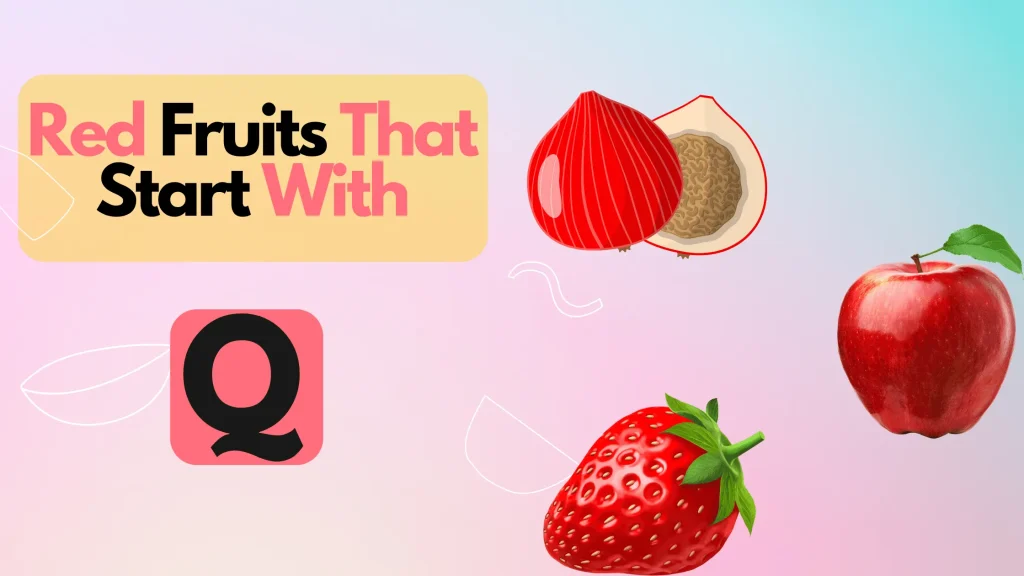
Quandong Fruit:
The quandong fruit is an Australian native that has been enjoyed for centuries by Indigenous Australians. The fruit is tart and tangy with a deep red color, and it’s loaded with antioxidants, vitamins, and minerals. Quandongs are a great source of vitamin C, dietary fiber, potassium, copper, iron, and magnesium. They’re also low in calories and high in water content, making them a perfect snack or addition to a healthy diet.
Querina Apples:
Querina apples are in the same family as Honeycrisp apples, and they have a similar sweet/tart flavor. They’re also a bit smaller than Honeycrisps, and their skin is a little rougher.
Some people say querida apples taste like a cross between Honeycrisps and pink lady apples, but I think they taste more like granny smiths (which I happen to love). Overall, I think querida apples are a great choice for anyone looking for an interesting alternative to Honeycrisps.
Quinault Strawberries:
The Quinault strawberry is a rare variety of strawberries that is only found in the Quinault Valley of Washington.
This unique strawberry has a sweet and intense flavor that makes it a favorite among connoisseurs. It is smaller than most other varieties of strawberries, but its flavor more than makes up for its size. If you are lucky enough to get your hands on some Quinault strawberries, be sure to enjoy them while you can because they are not available for very long each year.
Purple Fruits That Start With Letter Q:
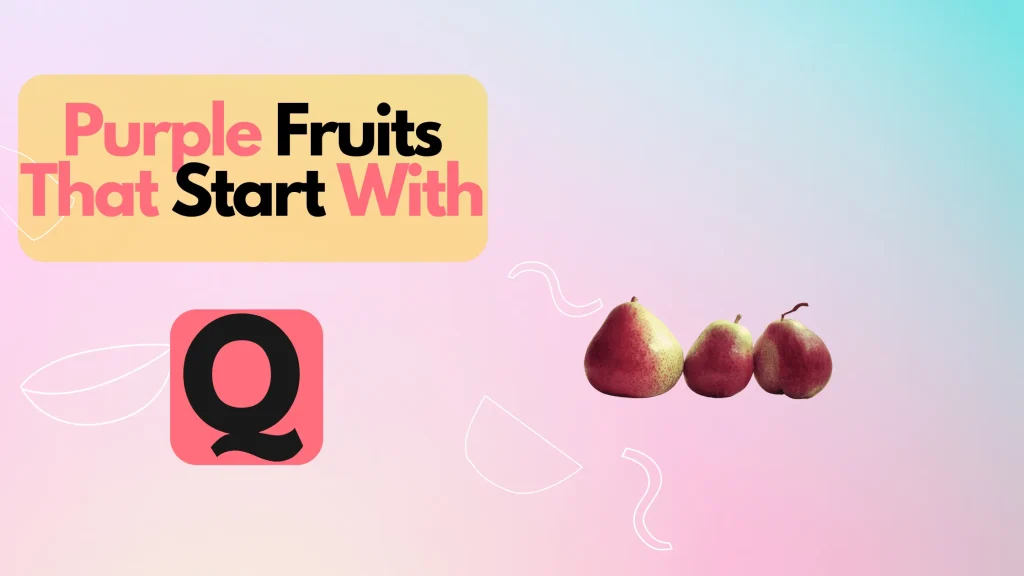
Queen’s Forelle Pear:
The Queen’s Forelle Pear is a type of pear that is prized for its sweetness, delicate flavor, and reddish-brown skin. It is named after the Swiss village of Forelle, where it was first cultivated.
The Queen’s Forelle Pear is best eaten fresh and can be used in a variety of recipes including salads, desserts, and jams. It is available from late September to early November.
Green Fruits That Start With Letter Q:
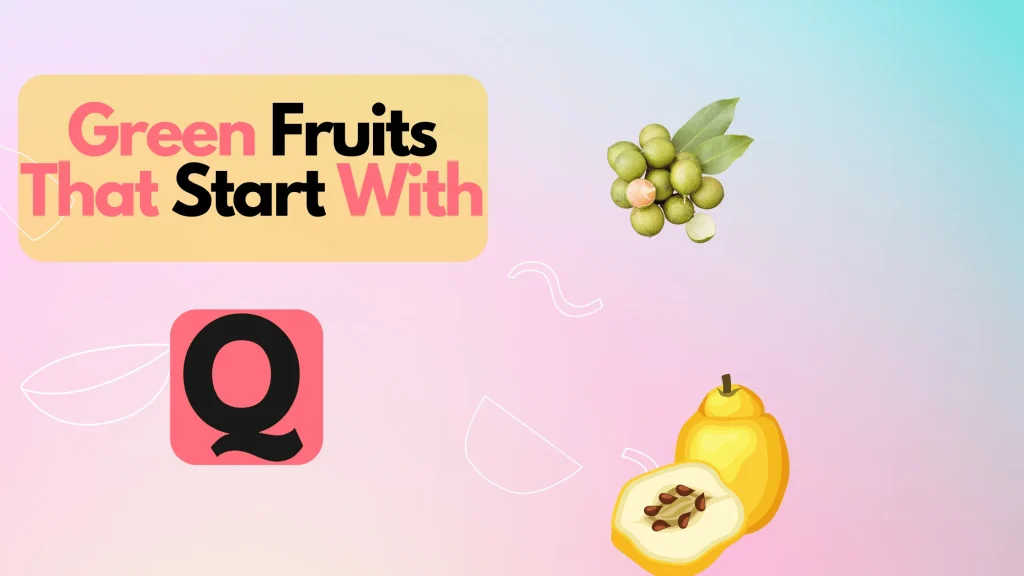
Quenepa Fruit:
The quenepa fruit is a tropical fruit that is popular in the Dominican Republic and other parts of the Caribbean. It is often eaten as a dessert, and it has a sweet and tangy flavor that is similar to a cross between a grape and an apple.
The quenepa fruit is rich in antioxidants, vitamins, and minerals, and it has been shown to have anti-inflammatory properties. It is also a good source of dietary fiber, which can help to regulate digestion.
Quince Fruit:
The quince fruit is unique in that it doesn’t really taste like anything. It has a slightly sour, astringent flavor that’s not particularly agreeable to most people. However, the fruit is high in fiber and vitamin C, and it’s also been shown to have anti-inflammatory properties. So if you can stomach the taste, quinces are definitely worth eating!
Colorful Fruits That Start With The Letter Q:
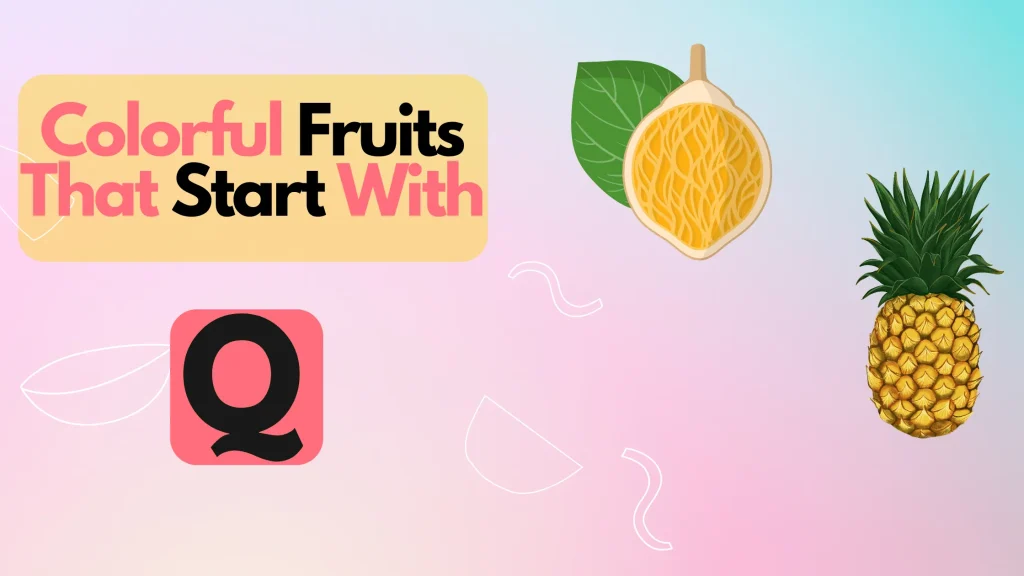
Quararibea Cordata Fruit:
The flavor is a blend of strawberry, pineapple, and grapefruit and has a sweet-tart taste.
The taste is described as a blend of strawberry, pineapple, and grapefruit, which gives it a sweet-tart flavor. This fruit is often used in jams, jellies, pies, and other desserts. It can also be eaten fresh or added to smoothies or salads.
Queen Tahiti Pineapples:
These pineapples are known as Queen Tahiti pineapples because they’re a bit smaller than other pineapples, and they have a slightly more intense flavor. They’re also sweeter than most other pineapples, so they’re a good choice if you’re looking for something really sweet.
Dry Fruits That Start With Q:
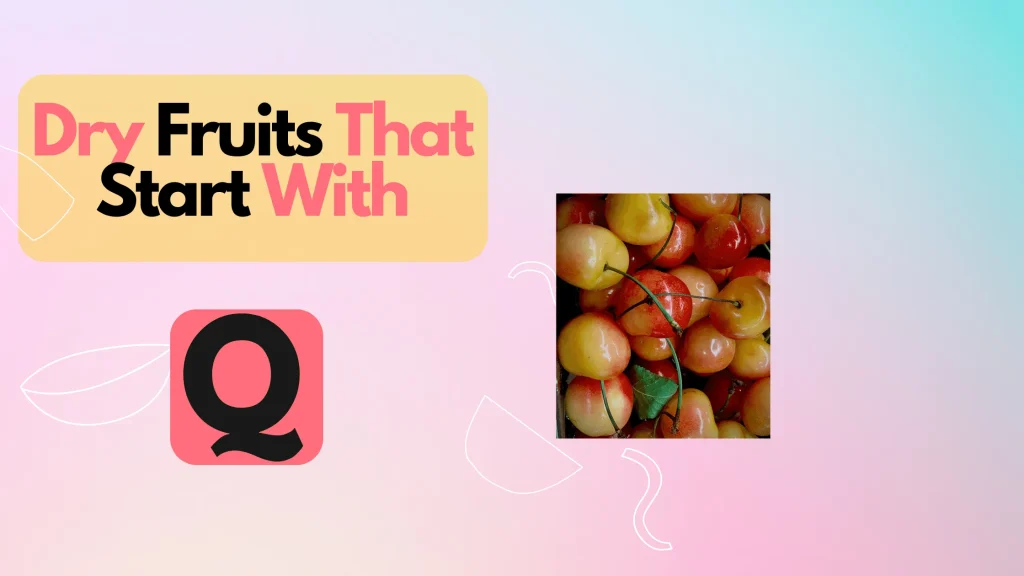
Queen Anne Cherries:
Queen Anne cherries are a type of tart cherry that is prized for its sweet-tart flavor. They are small in size, ranging from 1 to 2 inches in diameter, and have a deep red color.
Queen Anne cherries are available from May to July and can be found at farmers’ markets and specialty stores. They can be eaten fresh or used in recipes.
Source: GoodlyRecipes.com






